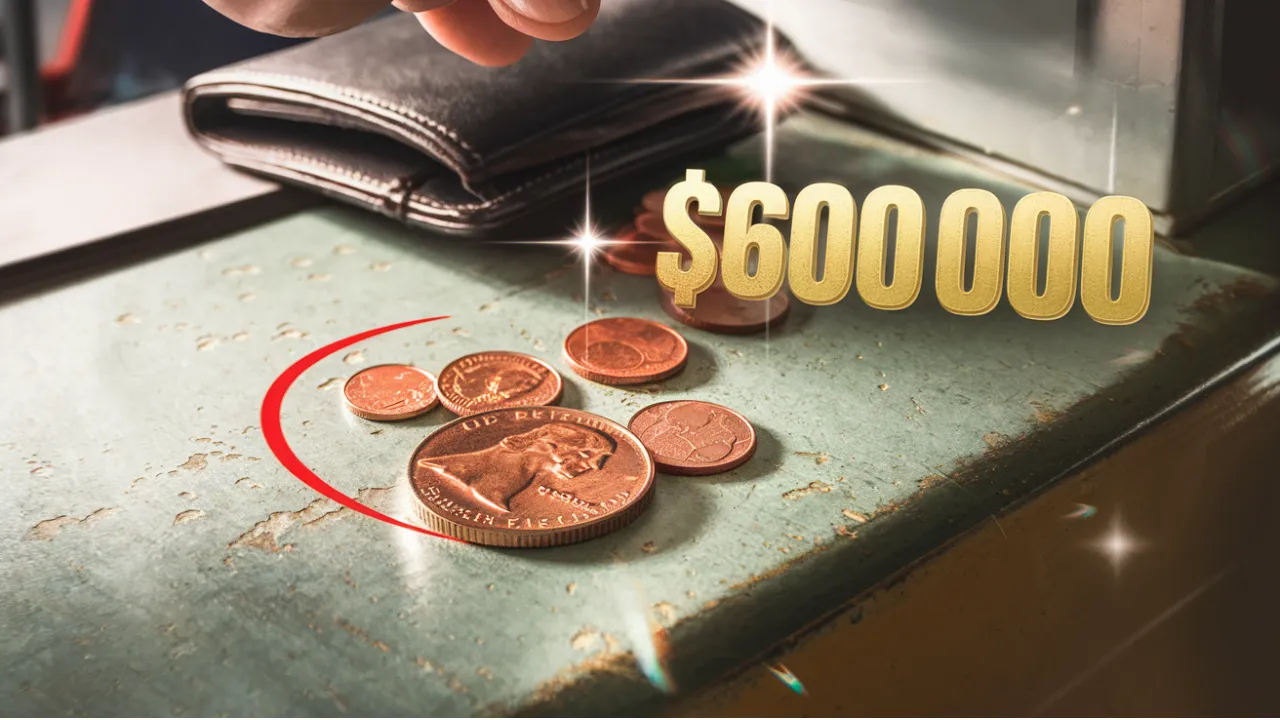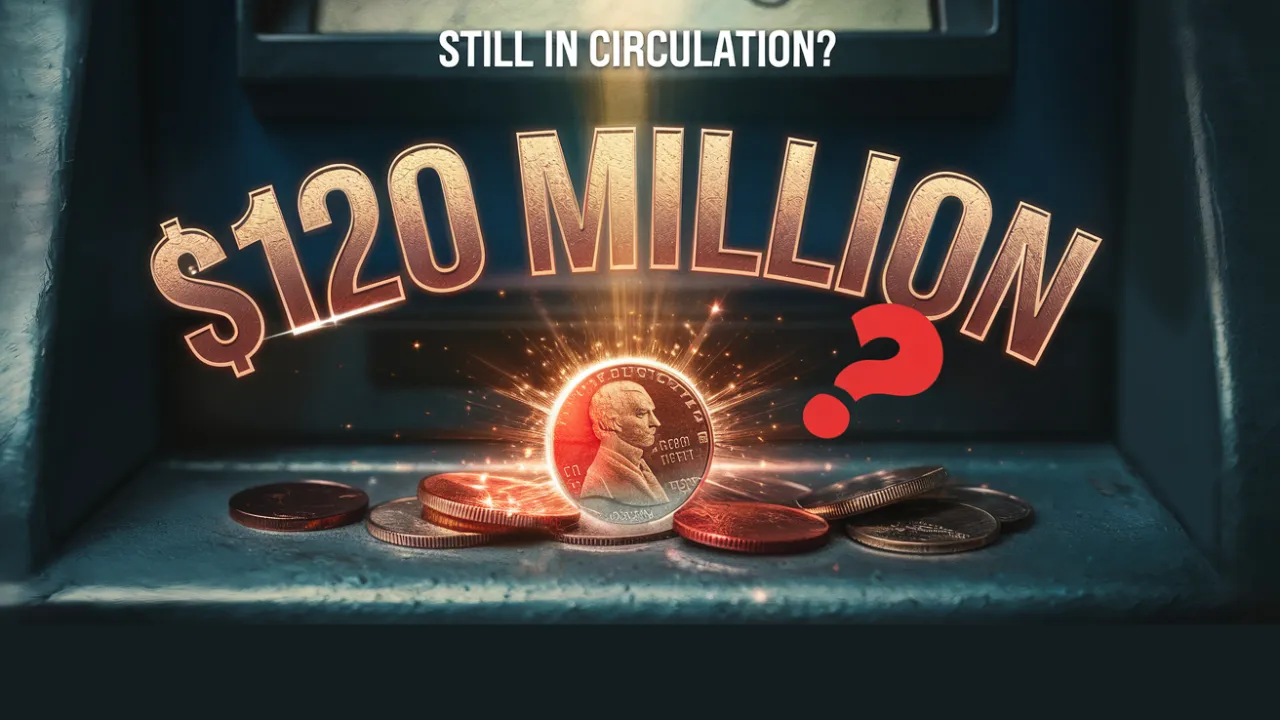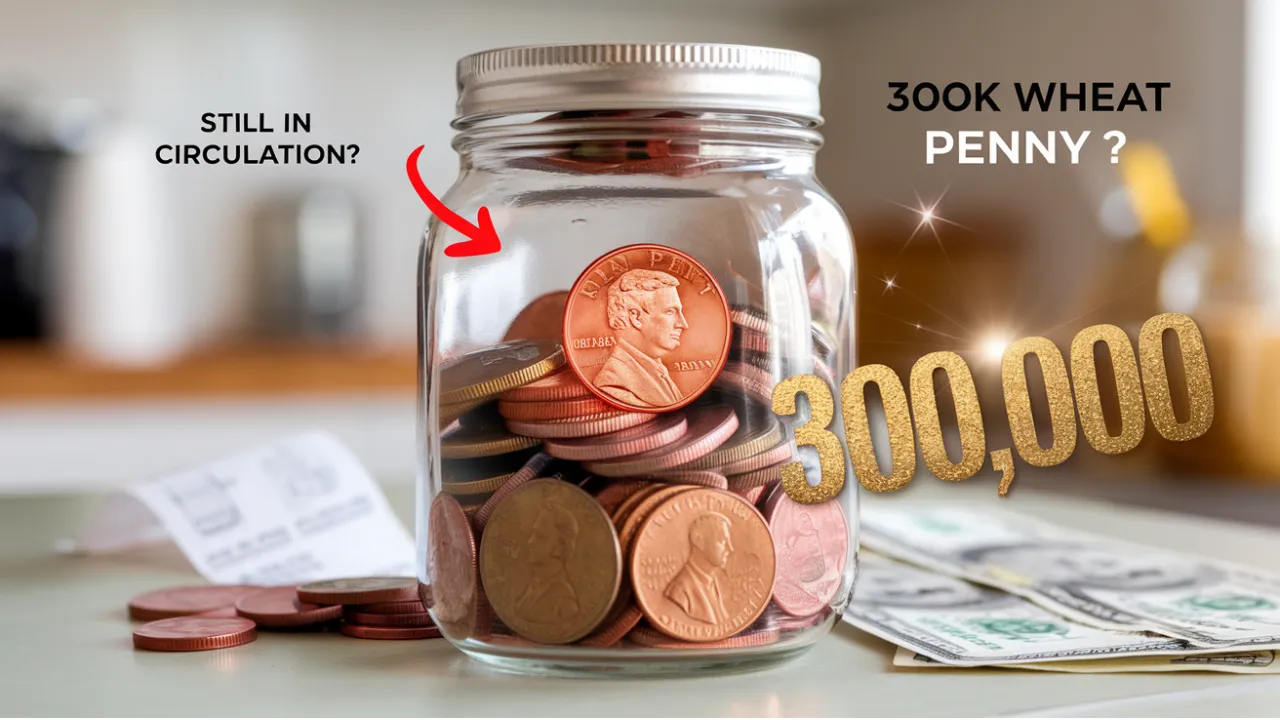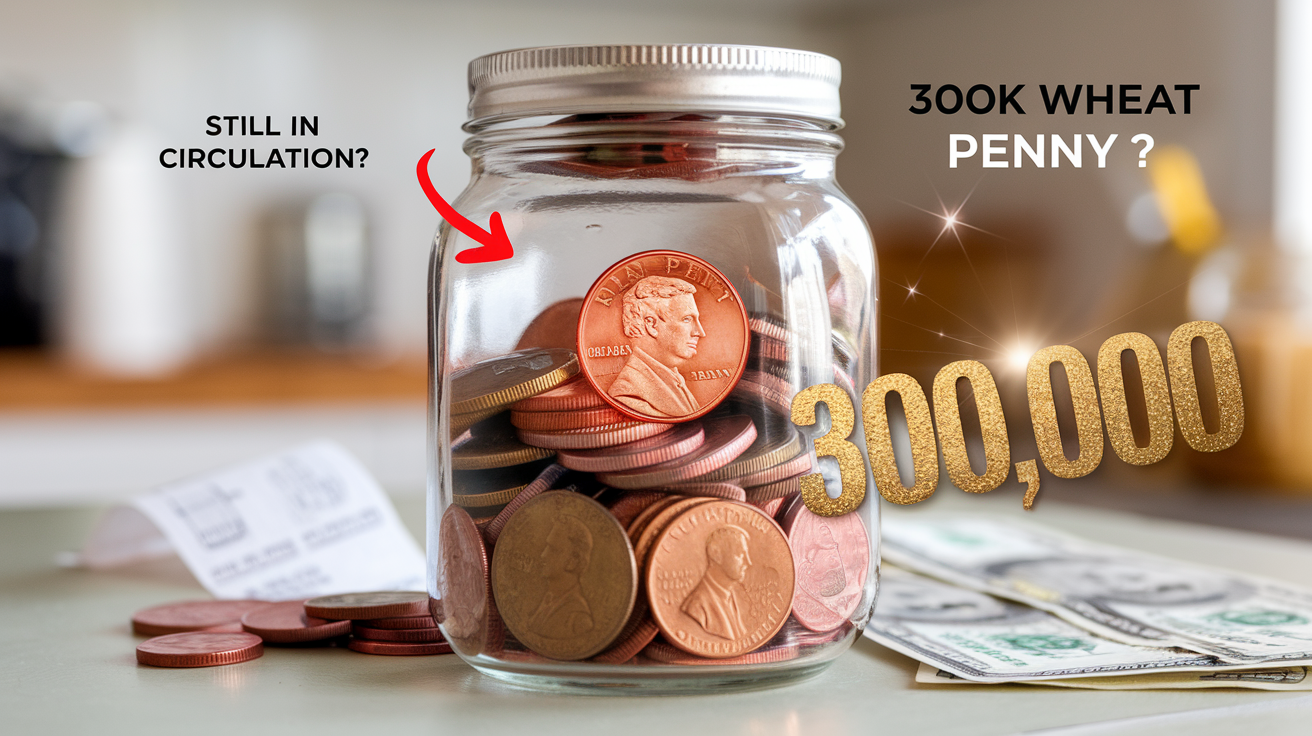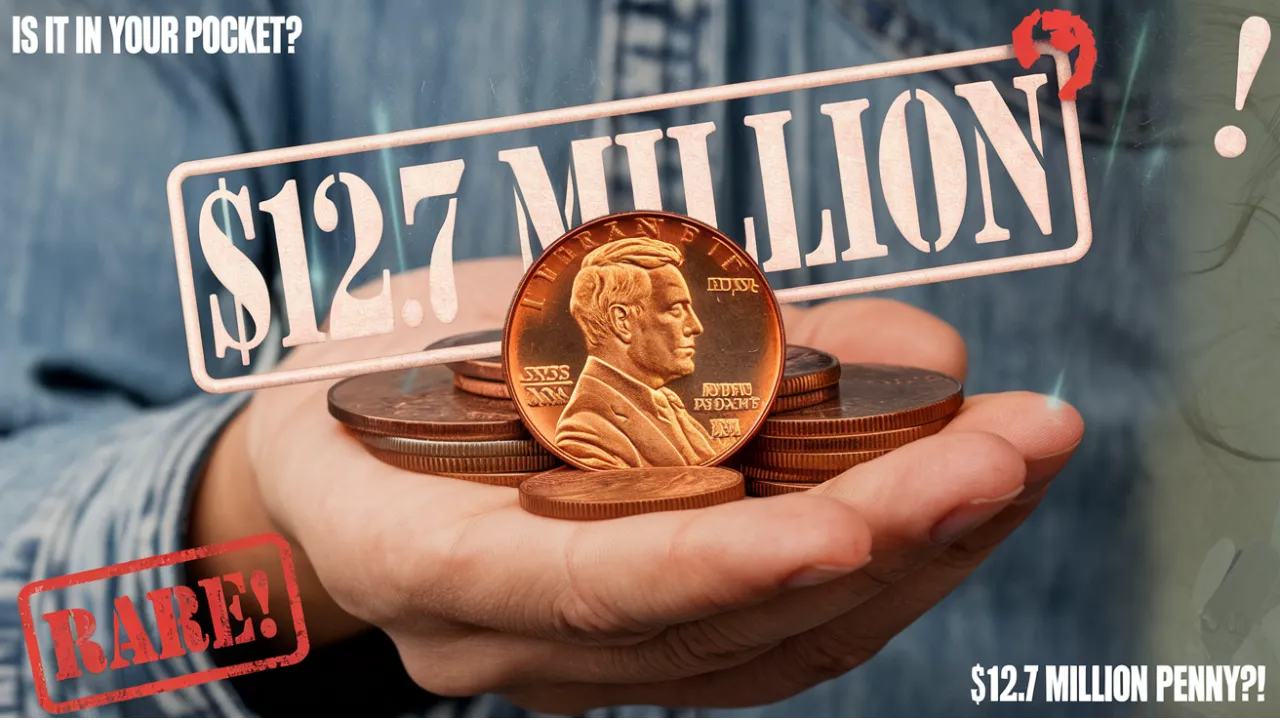The Lincoln Wheat Penny Valued at $600K: The Lincoln Wheat Penny is a small coin with an extraordinary legacy. Introduced in 1909, this iconic piece of U.S. currency has captivated collectors for decades. While most Wheat Pennies are worth only a few cents, a rare 1943 copper version has fetched as much as $600,000 at auction. What’s even more surprising is that despite its rarity, this valuable coin is still occasionally found in circulation.
In this article, we’ll dive into the history of the Lincoln Wheat Penny, uncover what makes the 1943 copper penny so special, explore its incredible value, explain how to identify one, and highlight other valuable Wheat Pennies that might still be out there.
Overview Table
| Key Details | Description |
| Coin Name | Lincoln Wheat Penny |
| First Minted | 1909 |
| Designer | Victor David Brenner |
| Most Valuable Version | 1943 Copper Lincoln Wheat Penny |
| Reason for Rarity | Minting error during World War II |
| Estimated Number in Existence | Approximately 20 |
| Maximum Auction Value | Up to $600,000 |
| How to Identify | Copper color, heavier than steel, non-magnetic |
| Other Valuable Wheat Pennies | 1909-S VDB, 1914-D, 1922 No D |
| Still Found in Circulation? | Rarely, but possible |
A Brief History of the Lincoln Wheat Penny
The Lincoln Wheat Penny was introduced in 1909 to honor Abraham Lincoln’s 100th birthday. Designed by Victor David Brenner, it became the first U.S. coin to feature a real person. On the obverse (front), Lincoln’s profile is displayed, while the reverse (back) shows two wheat stalks framing the words “One Cent,” symbolizing prosperity and agriculture. This design earned the coin its nickname—the Wheat Penny.
Minted from 1909 until 1958, the Wheat Penny was eventually replaced by the Lincoln Memorial penny. Despite no longer being produced, Wheat Pennies are still cherished by collectors, especially rare versions like the 1943 copper penny.
What Makes the 1943 Copper Lincoln Wheat Penny Special?
During World War II, copper was essential for military supplies, including ammunition. To conserve this metal, the U.S. Mint switched to producing pennies made of steel coated with zinc in 1943. However, due to an error, a small number of copper planchets (coin blanks) were mistakenly used during production, resulting in the rare 1943 copper Lincoln Wheat Penny.
This mistake occurred at mints in Philadelphia, Denver, and San Francisco. Although the exact number produced is unknown, experts estimate that only about 20 copper pennies from 1943 exist today. Their rarity, combined with their historical significance as a wartime error coin, makes them highly desirable among collectors.
Why Is the Lincoln Wheat Penny Worth $600K?
The 1943 copper Lincoln Wheat Penny has reached a value of $600,000 due to its rarity, historical importance, and collector demand. Several factors contribute to its high price:
- Limited Quantity: With only about 20 known to exist, these pennies are incredibly rare.
- Minting Error: Coins with production errors are often more valuable because of their uniqueness.
- Historical Significance: Produced during World War II, this coin represents a fascinating moment in U.S. history.
- Condition and Grading: Coins in mint or near-mint condition receive higher grades and command higher prices.
Over the years, several 1943 copper pennies have sold at auctions for hundreds of thousands of dollars, with the highest sale reaching $600,000. Some collectors are willing to pay even more for well-preserved examples, making this penny one of the most valuable coins in the world.
How to Identify a 1943 Copper Lincoln Wheat Penny
If you find a 1943 Lincoln Wheat Penny, it’s crucial to determine whether it’s the valuable copper version or the more common steel version. Here’s how to identify a genuine copper 1943 penny:
- Color: Copper pennies have a reddish-brown hue, while steel pennies are silver-colored.
- Weight: Copper pennies weigh about 3.11 grams, whereas steel pennies are lighter, weighing 2.7 grams.
- Magnet Test: Copper pennies are not magnetic, so they will not stick to a magnet. Steel pennies, however, are magnetic.
If you believe you’ve found a 1943 copper penny, it’s essential to have it authenticated by a reputable coin dealer or numismatist. Professional verification ensures the coin is genuine, as counterfeit versions of this rare penny do exist. Certified coins typically fetch higher prices at auctions, making authentication a crucial step.
Other Valuable Lincoln Wheat Pennies
While the 1943 copper penny is the most valuable, other Lincoln Wheat Pennies can also be worth a significant amount. Collectors should keep an eye out for these rare coins:
- 1909-S VDB Penny: With only 484,000 minted, this penny is highly sought after. The initials “VDB” (for Victor David Brenner) appear on the reverse, adding to its rarity.
- 1914-D Penny: Minted in Denver, this coin had a low production run, making it valuable in all conditions.
- 1922 No D Penny: Produced in Denver without the “D” mintmark due to a die error, this penny is rare and valuable.
Additionally, coins with mint errors, such as doubled dies or off-center strikes, can be worth significantly more than their face value. Collectors often pay premium prices for these unique coins, so it’s always worth checking your spare change for hidden treasures.
Is the Lincoln Wheat Penny Still in Circulation?
Although the Lincoln Wheat Penny was discontinued in 1958, it can still be found in circulation today. Many people saved these pennies due to their historical significance, and some still occasionally appear in everyday transactions or coin rolls from banks.
However, most Wheat Pennies found today are from more common years, particularly the 1940s and 1950s. These coins typically have little value unless they are in exceptional condition. Finding a rare version like the 1943 copper penny is extremely unlikely, but not impossible. Stories of people discovering valuable coins in their pocket change continue to inspire collectors and hobbyists to keep searching.
FAQs
1. Why is the 1943 copper Lincoln Wheat Penny so valuable?
It’s valuable because only about 20 were accidentally made during World War II, making it one of the rarest U.S. coins.
2. How much is a 1943 copper Lincoln Wheat Penny worth?
Depending on its condition and authenticity, it can sell for up to $600,000 or more at auctions.
3. How can I tell if I have a 1943 copper penny?
Check the coin’s color, weight, and magnetism. Copper pennies are reddish-brown, heavier than steel, and do not stick to magnets.
4. Are all 1943 Lincoln Wheat Pennies valuable?
No, most 1943 pennies were made of steel and are common. Only the copper ones are valuable.
5. Can I still find a Lincoln Wheat Penny in my pocket change?
Yes, although rare, Wheat Pennies can still appear in circulation. However, finding a rare version like the 1943 copper penny is extremely unlikely.
Final Thoughts
The Lincoln Wheat Penny is more than just a coin—it’s a piece of American history that continues to captivate collectors worldwide. While most Wheat Pennies are only worth their face value, rare versions like the 1943 copper penny can sell for hundreds of thousands of dollars. If you come across a Lincoln Wheat Penny, be sure to check its year and material—you might be holding a hidden treasure worth up to $600,000!
If you enjoyed this article, share it with fellow coin enthusiasts or leave a comment below. Curious about other rare coins? Explore our other articles to learn more about valuable coins that could still be found in circulation today!
